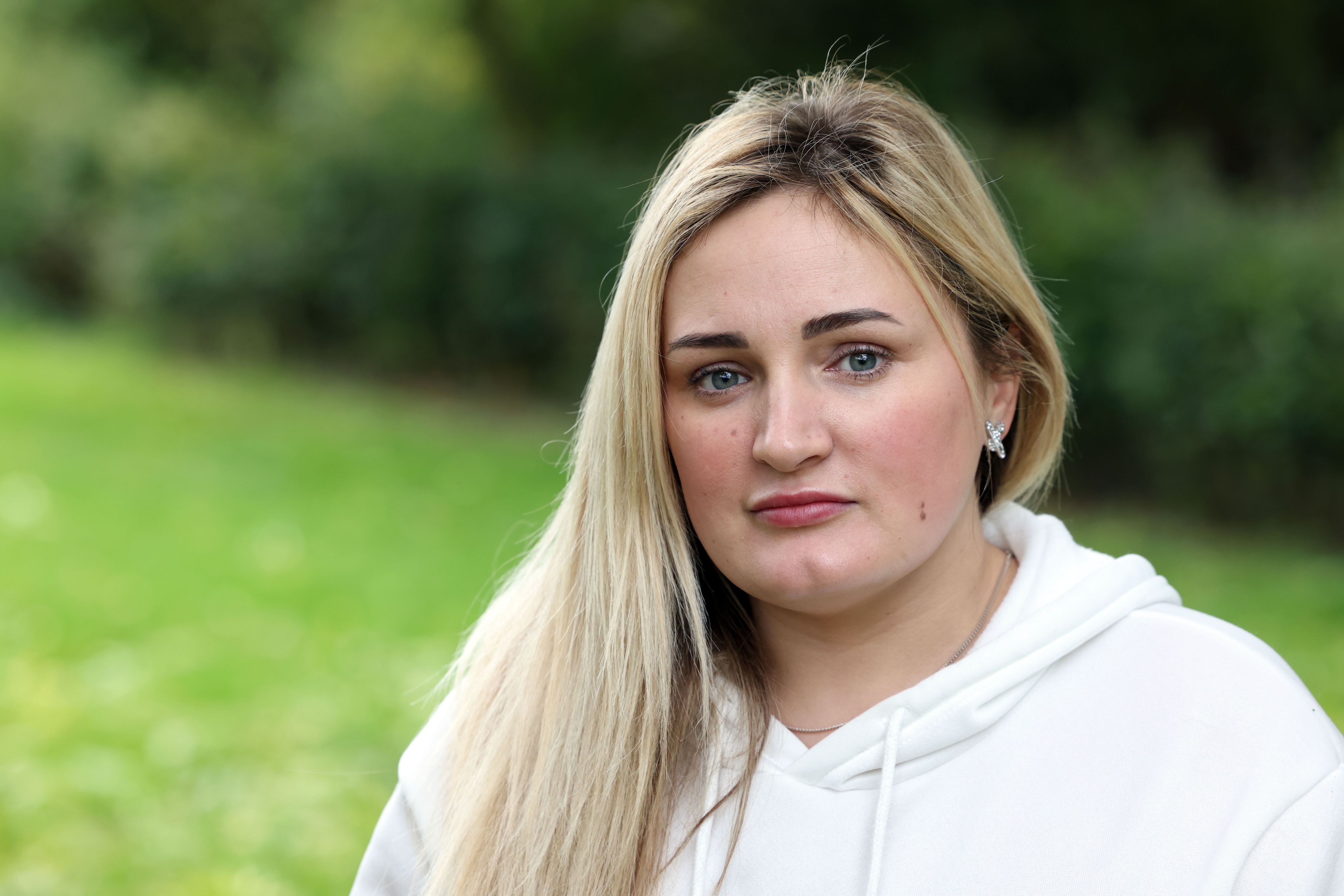Off the west coast of Greenland, a 17-metre (56ft) aluminium sailing boat creeps through a narrow, rocky fjord in the Arctic twilight. The research team onboard, still bleary-eyed from the rough nine-day passage across the Labrador Sea, lower nets to collect plankton. This is the first time anyone has sequenced the DNA of the tiny marine creatures that live here.
Watching the nets with palpable excitement is Prof Leonid Moroz, a neuroscientist at the University of Florida’s Whitney marine lab. “This is what the world looked like when life began,” he tells his friend, Peter Molnar, the expedition leader with whom he co-founded the Ocean Genome Atlas Project (Ogap).
Moroz gestures toward Greenland’s glaciated valleys. The rapid warming here is replicating conditions from 600m years ago, when complex life forms began appearing. “We’re sailing through deep biological time right now,” he says.

Moroz and Molnar’s mission is to classify, observe, sequence and map 80% of the sea’s smallest creatures to learn more about ourselves, and the health of the planet.
Plankton and humans do not have much in common at first glance. But studying marine organisms has led to breakthrough understandings about our own brains and bodies. Observing the electrical discharges of jellyfish taught us how to restart the heart. Sea slugs showed us how memories form. Squid taught us how signals spread between different parts of the brain. Horseshoe crabs demonstrated how visual receptors work.
An unusual aspect of Moroz and Molnar’s research trips is that they are unlocking plankton’s secrets onboard sailing boats rather than engine-powered vessels – and they are not alone in this endeavour.
“Large oceanographic vessels can cost $100,000 [£77,000] a day, which can quickly bankrupt your research organisation,” says Chris Bowler, an oceanographer with France’s National Centre for Scientific Research and a scientific adviser to the Tara Ocean Foundation.
For the past two years he has collected plankton samples for the Microbiomes Mission, a research initiative to study micro-organisms in the ocean, onboard a 33-metre schooner. “Working from a sailboat is 50 times cheaper,” Bowler says.
That cost saving also allows researchers the luxury of time, which is imperative for finding the genetic commonalities and patterns that will reveal answers about human health. Bowler says it is important to analyse and observe these microscopic organisms interacting with each other and the world around them. That cannot happen in a lab back on land because the organisms are too fragile.
Low-carbon, readily available and easier to manoeuvre near to shore, sailing boats also “don’t vibrate, so you can do really precise work aboard”, says Molnar, who has captained Ogap voyages over more than 9,000 nautical miles.

The reason that microscopic marine life can teach us about our own development is convergent evolution. This is when unrelated organisms arrive at the same solution to a problem, such as how birds, beetles, butterflies and bats all adapted to fly, but did so at different times and in slightly different ways. Overlapping solutions provide common building blocks for everything from how to fold a protein to how to form a brain.
“Every organism that lives here today is a logbook of every single adaptation that made it successful,” Moroz says. “The brain is one of the most complicated structures in the universe. Yet 70% of our knowledge about how the brain works is thanks to marine creatures. Without them, many of today’s medicines would simply not exist.”
The reason he studies plankton is because their “logbook” is the longest – some single-celled marine organisms have been around for more than 3bn years. That means they have more tricks up their metaphorical sleeves than we do.
“Some groups of these marine species do not age, never develop cancers and they can fully regenerate when damaged. They are able to perform many tasks better than us,” Moroz says.
One way to take human medicine to the next level is to take our cues from these organisms. But first, we have to identify them. Ogap’s lofty mission would not have been possible 10 years ago; rapid technological advances have reduced the size of equipment, while satellite communications and AI have shrunk the timeframe for analysing results from months to minutes.
In Greenland, for example, Ogap kept marine organisms alive for several days on their sailing boat while sequencing their DNA during different stages of life. “We were able to watch them reproduce, decay, then repair themselves, even die, all while taking high-resolution video,” Molnar says.
The team then uploaded the data via Starlink to universities where scientists used AI to look for pattern recognition in the organisms’ DNA. “Literally within an hour, we would have results back on the sailboat,” Molnar says. “This type of work was simply science fiction 10 years ago.”
While the technology is new, using sailing boats to explore is a millennia-old human endeavour.

“There’s a long history of sailing to answer scientific questions,” says David Conover, the owner of ArcticEarth, the sailing boat Ogap used for its Greenland expedition. From Captain Cook’s anthropological discoveries in the Pacific to Darwin’s groundbreaking observations on natural selection onboard the Beagle, sailing boats have afforded many types of researchers the luxury of getting to far-flung parts of the world to deeply engage with their surroundings.
“The more time you can afford to be at sea, the more open you are to discovery,” Conover says.









